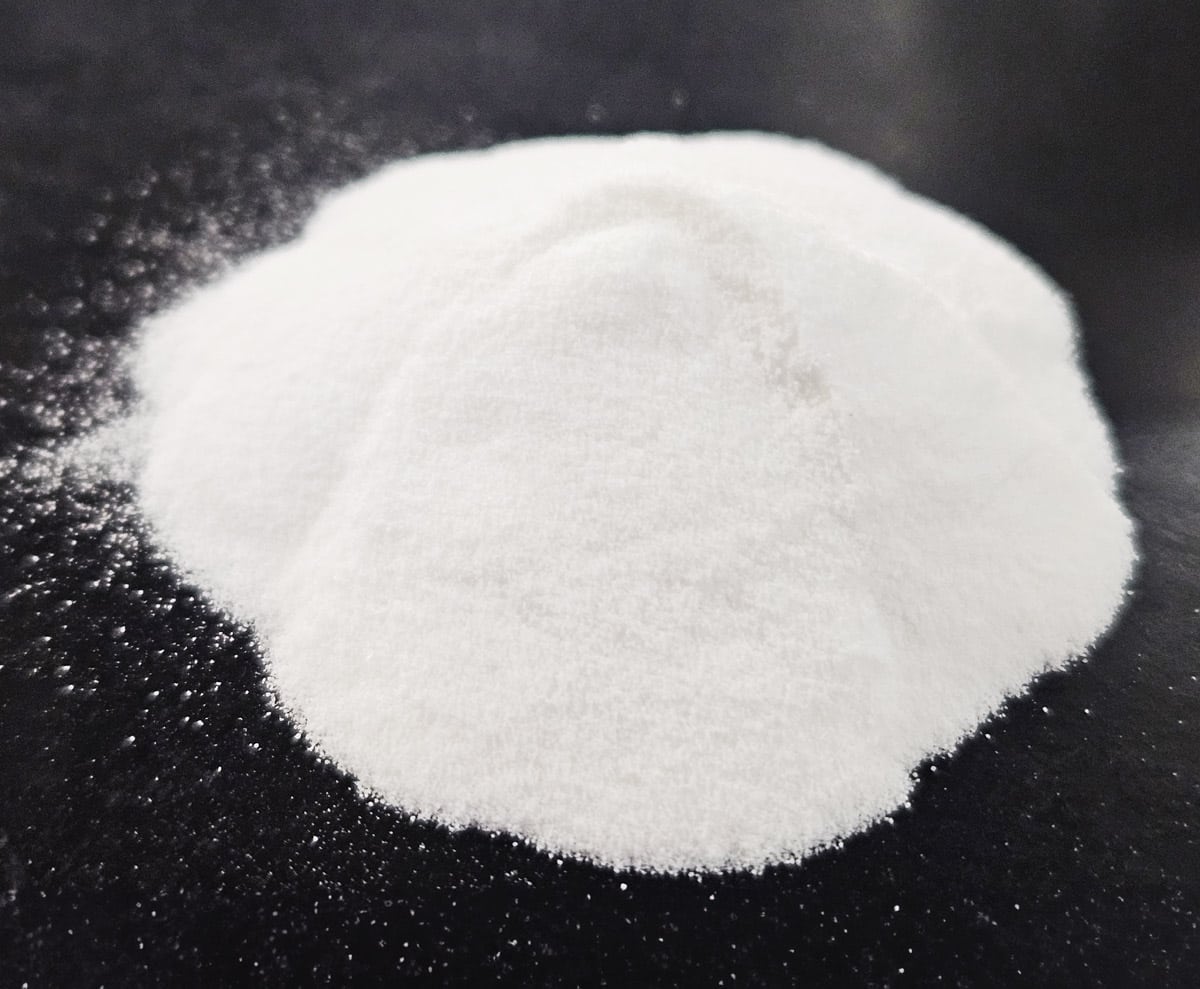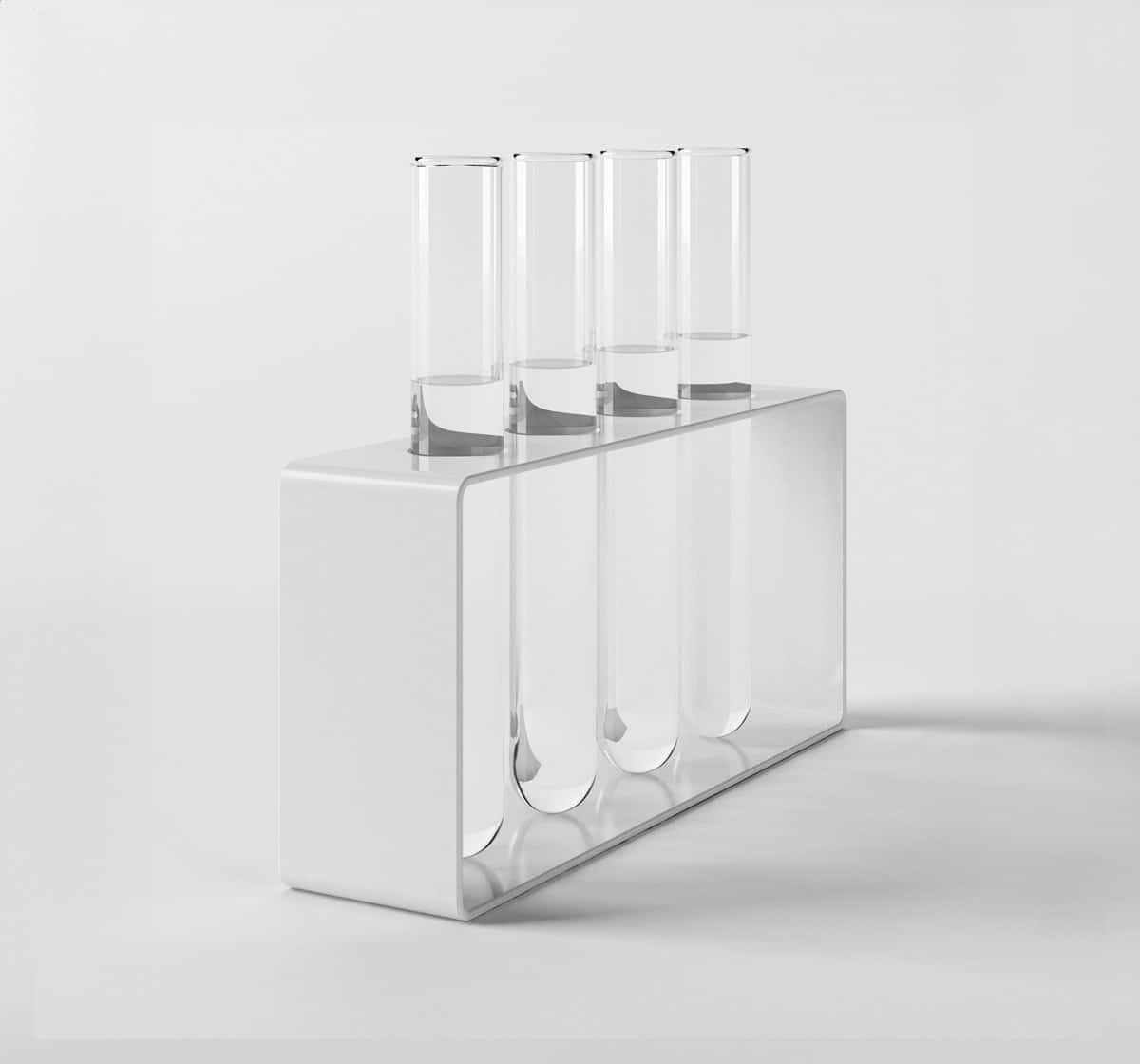Zheng Bang’s Cellulose is a naturally occurring biopolymer that is widely used in the production of suspension polyvinyl chloride (sPVC). Cellulose derivatives, such as hydroxypropyl methyl cellulose (HPMC), are commonly used as stabilizers and thickeners in the suspension polymerization process, and they play an important role in the production of high-quality sPVC resins by providing improved stability, control over rheological properties and better processability.


| Model | Viscosity mPa.s | Methoxy content % | Hydroxypropoxy content % | Dry weight loss % | Ignition residue % |
|---|---|---|---|---|---|
| E50 | 45.0-55.0 | 29 | 11.5 | ≤5.0 | ≤0.5 |
| 60SE-50 | 40.0-60.0 | 28.0-30.0 | 7.0-12.0 | ≤5.0 | ≤1.5 |
| 65SE-50 | 40.0-60.0 | 27.0-30.0 | 4.0-12.0 | ≤5.0 | ≤1.5 |
| FON-50 | 40.0-60.0 | 28.0-30.0 | 7.0-12.0 | ≤5.0 | ≤1.0 |
| F50 | 40.0-60.0 | 27.0-30.0 | 4.0-7.5 | ≤5.0 | ≤0.5 |
| 90SH-100 | 80.00-120.00 | 19.0-24.0 | 4.0-12.0 | ≤5.0 | ≤1.0 |
| 90SH-4000 | 3500-5600 | 19.0-24.0 | 4.0-12.0 | ≤5.0 | ≤1.0 |
At Zheng Bang, a big part of our business model revolves around collaboration and industry support. We believe that we can always do more together.